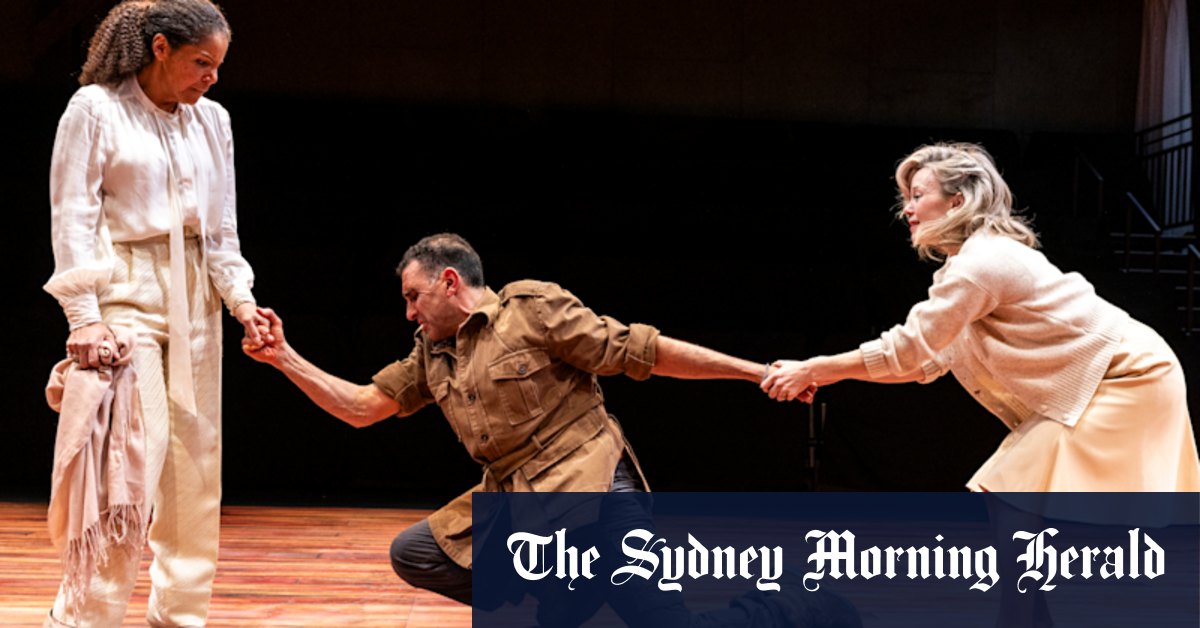Edinburgh Fringe: Can It Survive the Financial Squeeze and Repeat Fleabag's Success?

The Edinburgh Fringe Festival, a cornerstone of the Australian arts calendar and a global celebration of creativity, is facing a serious crisis. As the city braces itself for another influx of performers and theatregoers, a perfect storm of rising rents, dwindling sponsorships, and a general economic downturn is threatening the festival's very survival. Can the Fringe adapt and continue to produce breakout hits like Fleabag and Baby Reindeer, or is it destined for a decline?
The success stories are legendary. Fleabag, Phoebe Waller-Bridge's groundbreaking one-woman show, began its journey at the Fringe. Similarly, Baby Reindeer, Richard Gadd's intensely personal and critically acclaimed play, launched from a small venue to become a global phenomenon. These shows demonstrate the Fringe’s unparalleled ability to nurture and showcase raw talent, providing a platform for emerging artists to reach a massive audience.
However, the current landscape is drastically different. Landlords, recognising the festival’s draw, are hiking rents to exorbitant levels, making it increasingly difficult for artists – many of whom are already struggling – to afford venues. This financial pressure disproportionately affects independent theatre companies and emerging artists, effectively pricing them out of the festival. The feeling amongst many is that landlords are exploiting the Fringe's popularity for personal gain, squeezing the life out of the creative ecosystem.
Adding to the woes is the growing trend of sponsor dropouts. Economic uncertainty has led many businesses to reassess their marketing budgets, and the Fringe, with its perceived risk, is often among the first to feel the pinch. This lack of financial support further restricts the opportunities available to artists and limits the festival's ability to attract diverse talent.
The cumulative effect of these factors creates a “financial hellscape,” as some performers have described it. It’s a situation where artists are forced to choose between creative ambition and financial stability. The question is, how can the Fringe overcome these challenges and ensure its long-term viability?
So, what needs to change?
- Rent Controls & Venue Affordability: The City of Edinburgh Council needs to step in and implement measures to regulate venue rental costs during the festival. Subsidised venue spaces for emerging artists should be a priority.
- Increased Sponsorship & Funding: A concerted effort to attract new sponsors and secure government funding is crucial. Highlighting the Fringe's cultural and economic impact could be key.
- Artist Support Programs: Establishing grant programs and mentorship opportunities for emerging artists would provide much-needed financial and professional support.
- Diversifying Revenue Streams: Exploring alternative revenue models, such as crowdfunding and partnerships with local businesses, could help reduce reliance on sponsorships.
- Re-evaluating the Fringe's Model: A fundamental review of the festival's structure and operation is necessary to ensure it remains accessible and equitable for all.
The Edinburgh Fringe is more than just a festival; it’s a vital incubator for artistic talent and a significant contributor to the Australian cultural landscape. To ensure it can continue to produce the next Fleabag or Baby Reindeer, a radical overhaul is needed – one that prioritizes the needs of artists and safeguards the festival's future. The time for action is now, before the financial squeeze extinguishes the Fringe’s creative spark. The future of Australian theatre, and indeed global theatre, may depend on it.






